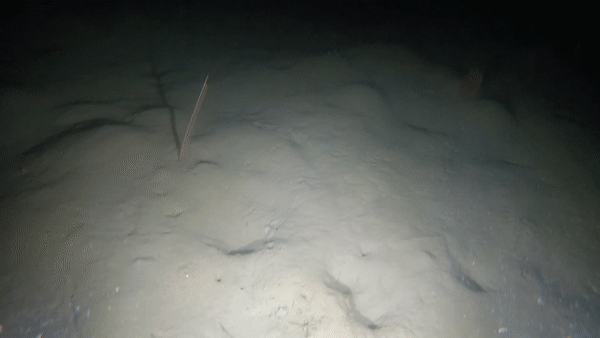The university of Gothenburg and Nationalpark of Kosterhavet needed a better way of understanding the situation in the sea and how to help the environment in the best possible way. Meassurements were exteremely difficult to make under water, with moving objects, several species and massive amounts of images and data to go through manually. They contacted Combine. Combine used AI and Machine Learning to process images, create algorithms and present tangible results in form of object data.
This expertise and the same methods are applicable to and beneficial for many other areas as well, for instance autonomous driving, medical scanning, traffic planning and so on.
Challenge: To perform regular investigations of the seas and to compare the environment, the distribution of species and the development over time takes enormous amounts of manual work, time and money. With the old solution, it was not possible to monitor the seas in a satisfying way, and therefore not possible to really understand how to help the environment in a specific place.
Objective: Create an intelligent end-2-end solution where data in form of underwater pictures is put in and data of the specific area comes out. The solution should be self-learning and continue to improve with every piece of data that is put in.
Solution: Combine used a machine-learning system and built algorithms that detected certain objects in all the pictures that were fed into the system. By using the algorithms, the machine learned how to separate and count certain species and present a direct result, the algorithm then improves itself as a result of the calculations and results.
Result: It is now possible to make more frequent investigations, compare data year-over-year, get results much quicker and free up a lot of time for the scientists to make conclusions and improvements instead of gathering data. This is a massive improvement compared to years of manual studies.
Key to success: Combine has thorough expertise in the area of image processing and building algorithms. These experts worked together with the scientists and end-users in a tight team to secure that the solutions were not only good from a technical perspective, but also exactly what the users needed to create value for them.

